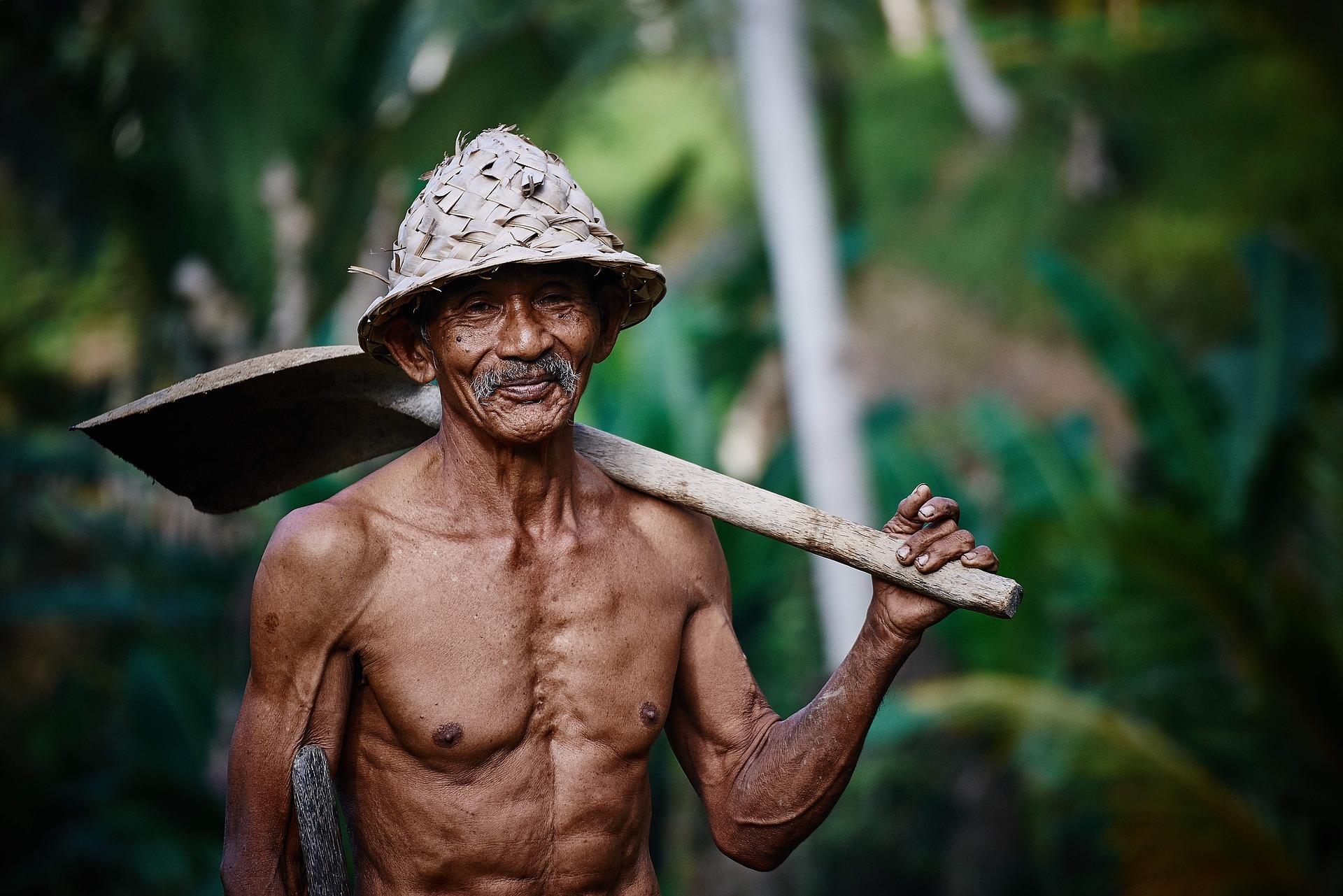'Least Miserable' or 'Most Happy'? What's the difference for your country?

Measuring a country’s happiness is not an easy task. For one, how do you define happiness and select indicators that would provide an accurate measurement of happiness across all nations? While these indices sometimes receive much debate from economists and policy makers, it’s worth noting how the selection of indicators along with the hypothesis adopted can result in the same country ranking differently in different indices.
So why should it matter how your country ranks on different indices? Because it does add value to our policy and political debate, especially in countries whose populations still do not have as much freedom and therefore access to those things that can help improve their lives. The well-known World Happiness Index for one uses both economic and social indicators to measure the “happiness” level of a country. These include GDP, life expectancy, freedom to make life choices, perceptions of corruption, to name a few.
More recently, Bloomberg released the latest results of it’s own juxtaposed happiness assessment of countries around the world. The results indicate that Thailand’s moniker as “the Land of Smiles” seems to be holding, according to their “Misery Index”. This year, Thailand surpasses Singapore, the previous front-runner, to become the least miserable country in both Asia and the world.
The model combines a country’s rate of unemployment and inflation. Thailand maintains an unemployment rate of 1%, and has a year-on-year rise in the consumer price index of 0.1%, meaning that the prices of goods rise very little.
Elsewhere in Asia, Singapore ranks 2nd while Japan comes in at 3rd place. The UK ranks 17th, the US 21st, and China at 23rd. In last place is Venezuela, which is plagued by high inflation (at 180.9% year-on-year at the end of 2015) and high unemployment. Worse, its inflation rate is projected to skyrocket up to 481% by the end of this year, and 1,642% the following year.
Despite its top ranking in the Misery Index, Thailand’s economy may not be as rosy as suggested. Disinflation (a slowing down in the annual increase of prices) is often a sign of insufficient demand for the current level of output supplied. As goods gradually become cheaper, demand falls even further as consumers choose to wait in anticipation that prices too will continue to decrease, leading to a general slowdown in economic growth. This so-called deflationary spiral is actually a real danger to economic well-being, and economists consider it harder to fix than inflation.
In the World Happiness Index, however, Thailand ranks at 33rd place, just between France and Saudi Arabia. With a more comprehensive set of indicators, Thailand loses its perch at the top, but even with this ranking, it is definitely not a “miserable” place, with many other countries ranking below it. The “Land of Smiles” attribute seems not misplaced.